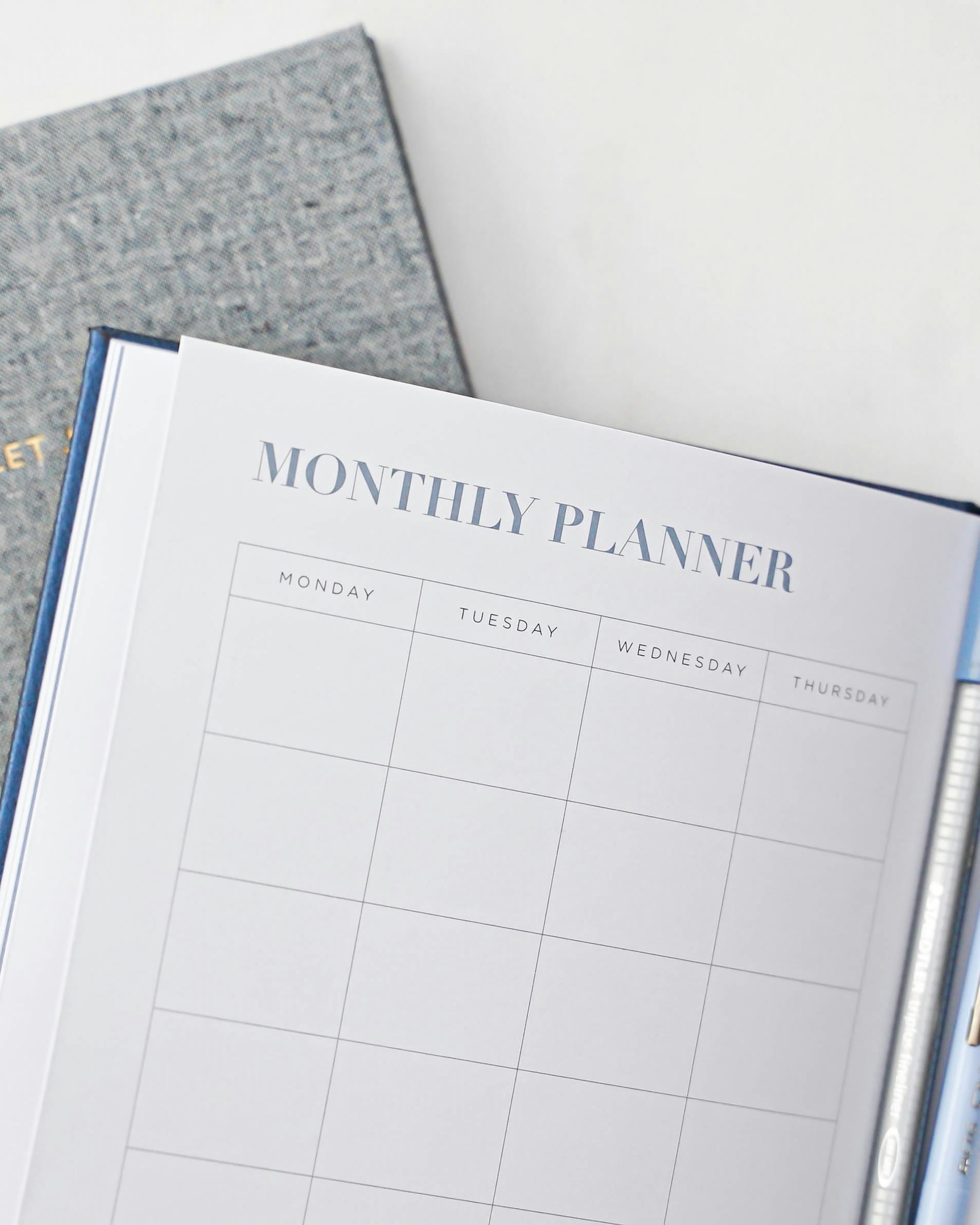Breaking Boundaries: Gender-Neutral Footwear Trends Reshaping 2025

Photo by Logan Voss on Unsplash
Introduction: The Rise of Gender-Neutral Footwear
Footwear in 2025 is moving beyond traditional gender distinctions, reflecting broader cultural shifts toward inclusivity and individuality. Leading brands and designers are challenging conventions, creating shoes that prioritize self-expression, comfort, and accessibility for all. This transformation is visible not only in product design but also in size ranges, marketing, and retail experiences. Here, we explore the core trends defining gender-neutral footwear in 2025 and provide actionable guidance for consumers interested in embracing this movement.
Defining Gender-Neutral Silhouettes
The most significant shift this year is the emergence of gender-neutral silhouettes . Instead of simply modifying existing men’s or women’s shoes, forward-thinking brands are developing entirely new forms, free from historical gender associations. These designs consider diverse foot shapes and preferences, ensuring that no style is reserved for any one group. The focus is on creating shoes that anyone can wear, regardless of gender identity or presentation. For example, recent collections have introduced hybrid styles such as updated moccasins, reimagined desert boots, and versatile sandals-each designed with universal appeal in mind [1] .
To experience these new silhouettes, you can visit your preferred footwear retailer and specifically ask about their gender-neutral or unisex collections. Most major brands now feature dedicated sections for these styles, both online and in-store. If you’re unsure where to start, consider searching for “gender-neutral shoes 2025” on established e-commerce sites or consult fashion editors’ curated lists for this year’s must-haves [2] .
Size-Inclusive Expansion: A Fit for Every Foot
One of the most actionable changes in 2025 is the expansion of size ranges. Brands are moving away from the binary sizing system, offering shoes in a broader spectrum of sizes and widths to fit every customer. Rather than simply scaling up or down from a single standard, companies are using proportional scaling methods to maintain consistent fit quality. For instance, leading labels now manufacture shoes in widths such as EE, EEE, and specialty sizes, ensuring accessibility for individuals with narrow or wide feet [3] .
To find your best fit, measure your foot length and width at home and consult the brand’s sizing chart. Many retailers provide virtual fitting tools or customer service chat support to recommend the right size for your foot shape. If you require specialty sizing, reach out to customer service for guidance on available options, as some brands offer custom orders or extended sizes by request. When shopping in-store, ask a sales associate about the brand’s full size range and whether they accommodate specialty widths. This approach reduces the frustration of ill-fitting shoes and ensures a more inclusive shopping experience for all.
Innovative Materials and Sustainability
Another defining element of 2025’s gender-neutral footwear is the use of sustainable materials . Eco-conscious consumers are driving demand for shoes made with recycled textiles, plant-based leathers, and low-impact manufacturing processes. Top brands now offer “eco-chic” lines constructed from upcycled components and renewable resources, merging ethical production with cutting-edge style [3] .
If sustainability is important to you, look for shoes labeled as “recycled,” “vegan,” or “eco-friendly.” Many brands detail their sustainability initiatives on their official websites, where you can learn about material sourcing and certifications. To verify a brand’s claims, research third-party organizations such as the Global Organic Textile Standard (GOTS) or Leather Working Group (LWG), which assess environmental impact and ethical practices. By prioritizing sustainable options, you contribute to a more responsible fashion industry while enjoying the latest trends.
Personal Expression: Beyond Minimalism
While early gender-neutral footwear often centered on minimal designs, 2025’s collections emphasize personal expression . The movement isn’t about eliminating style or defaulting to plainness-instead, it encourages individuals to choose silhouettes, colors, and details that resonate with their own aesthetic preferences. From bold ballet sneakers with unique lacing systems to super-slender sneakers inspired by ballet flats, brands are offering choices that cater to diverse tastes [2] .
To embrace this trend, reflect on the styles that speak to you and seek out features-like oversized tongues, unique materials, or unexpected color palettes-that align with your personality. Experiment with options outside your usual comfort zone; for example, you might try a hybrid sneaker-sandal or a printed suede sneaker that defies categorization. Many fashion editors recommend reviewing seasonal trend guides or following influencers who champion inclusive style for inspiration.
Cultural Reinterpretation and Heritage
Designers are also drawing inspiration from historical footwear types that predated rigid gender categories. Moccasins, desert boots, and sandals, for instance, originated as practical, universal styles and are being reimagined for today’s market. This cultural reinterpretation offers naturally inclusive alternatives while honoring traditional craftsmanship [1] .
If you’re interested in heritage-inspired shoes, explore collections that reference indigenous or pre-industrial designs. Brands often collaborate with artisans or historians to ensure authenticity and respect for cultural origins. To learn more, search for “heritage footwear collaborations 2025” or consult museum exhibitions and educational resources that highlight the global history of shoes.

Photo by Ben Weber on Unsplash
How to Find and Purchase Gender-Neutral Footwear
Finding the right gender-neutral footwear in 2025 involves a few clear steps:
- Start with Research: Visit established retailers and search for terms like “gender-neutral shoes,” “unisex sneakers,” or “inclusive sizing.” Many reputable stores now have dedicated filters or sections for these products.
- Leverage Virtual Tools: Use sizing guides, virtual try-on features, or customer service chatbots offered by most major online retailers to ensure you select the correct fit for your foot shape and size.
- Explore Brand Policies: Review return and exchange policies, as these are especially important when trying new sizing systems or unique designs. If you’re unsure about a fit, choose retailers with flexible return options. For specifics, consult the official FAQ or contact customer support directly.
- Stay Informed: Subscribe to fashion newsletters, follow industry publications, or join online communities focused on inclusive fashion. This keeps you updated on new launches, sales, and exclusive collaborations.
If you require additional assistance, visit the official websites of your favorite brands or contact their customer service for personalized recommendations. For those who prefer in-person shopping, ask for gender-neutral or unisex sections and request a fitting with multiple size options. Some specialty boutiques also offer consultations for unique foot shapes and requirements.
Challenges and Solutions
While progress is significant, some challenges remain. Not all retailers carry the full range of inclusive sizes or stock every gender-neutral design in-store. To address this, consider the following strategies:
- Pre-Order or Special Order: Some brands allow customers to pre-order styles or request specialty sizes with extended wait times. Check with the retailer about these options.
- Collaborate with Local Shoemakers: Independent artisans and cobblers can often create or modify shoes to your specifications. Search for custom footwear makers in your area or contact a local shoemaker for a consultation.
- Advocate for Inclusivity: Provide feedback to brands and retailers, letting them know there is demand for broader size ranges and more gender-neutral options. Many companies adjust their offerings based on customer input.
Alternative Pathways and Additional Resources
If you do not find what you are looking for in mainstream retail, consider exploring niche brands, sustainable fashion marketplaces, or secondhand platforms that specialize in inclusive footwear. Search online for “inclusive shoe brands 2025” or “gender-neutral footwear marketplaces.” Additionally, fashion forums and social media groups offer community-driven recommendations and reviews.
For individuals with specific needs-such as medical orthotics or adaptive footwear-contact a podiatrist or orthopedic specialist for guidance on finding compatible, inclusive shoes. Many medical supply stores now carry stylish, gender-neutral options that accommodate custom insoles or mobility aids.
Key Takeaways
The gender-neutral footwear movement in 2025 is about more than shoes-it’s a reflection of evolving cultural values and consumer priorities. By focusing on inclusive sizing, innovative design, sustainability, and personal expression, the industry is making fashion accessible to all. Whether you are shopping for yourself or helping someone else, use the guidance above to navigate this new landscape and find shoes that truly fit your style and needs.



